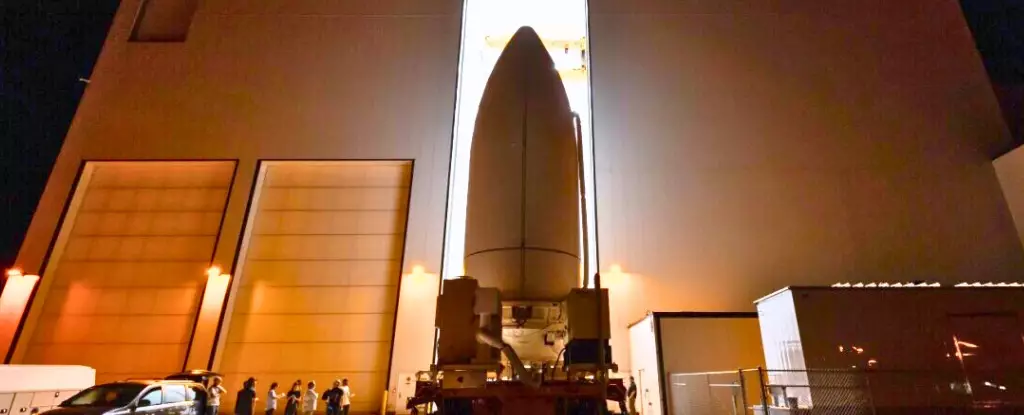In a significant leap towards redefining global internet accessibility, Amazon is set to launch its initial fleet of Project Kuiper satellites. Scheduled for April 9, this mission aptly named Kuiper Atlas 1 marks a pivotal moment as the tech titan ventures into the satellite internet domain. With 27 satellites aboard an Atlas V rocket, this ambitious launch from Cape Canaveral, Florida, indicates Amazon’s commitment to leverage technology for wider social impact.
The Competition Landscape
The stakes are undeniably high. Amazon’s entrance into the satellite internet space isn’t merely about technological advancement; it’s a direct challenge to SpaceX’s Starlink, the current leader in this burgeoning field. Since its inaugural launch in 2019, SpaceX has firmly established itself with a constellation of over 6,750 satellites, creating a robust marketplace for satellite internet services. This competitive dynamic is further amplified by other global contenders entering the fray—China’s GuoWang constellation plans an eye-popping 13,000 satellites, while various players like Canada’s Telesat and Germany’s Rivada are also slowly making their mark.
Revolutionizing Internet Access
What sets Project Kuiper apart is not merely its scale, but its mission to provide high-speed, low-latency internet services to the most marginalized regions of the world. This goal is particularly pressing in today’s digitally divided landscape, where billions still lack reliable internet access. In areas affected by conflict or disasters, the capability to establish life-sustaining connectivity is invaluable. Amazon positions Project Kuiper as a game-changer that has the potential to bridge these digital gaps.
Technological Advancements and Future Prospects
With the Terra Nova satellites being a significant upgrade from the earlier prototypes, Amazon has demonstrated its capacity for innovation. These are not just ordinary satellites; they are intended to create a dynamic constellation designed for comprehensive global coverage. Once fully operational, Project Kuiper will comprise more than 3,200 low Earth orbit satellites, which the company claims will form the backbone of its service. This technological infrastructure is not just about competition; it’s about fundamentally reshaping how we think about connectivity and the digital service economy.
Strategic Partnerships and Launch Dynamics
Amazon’s collaboration with United Launch Alliance (ULA), a formidable entity formed by Boeing and Lockheed Martin, underscores the strategic approach behind this endeavor. ULA’s experience in the aerospace industry increases the mission’s odds of success. This partnership showcases how traditional aerospace and new-age technology firms can collaborate to push the boundaries of what is possible.
A Future of Possibilities
As the countdown to the launch begins, there’s palpable excitement about the vast potential that Project Kuiper could unleash. If successful, Amazon not only establishes itself as a significant player in satellite internet but also sets a new standard for global connectivity. With keen eyes watching from multiple fronts—investors, competitors, and everyday users—the impact of this launch stretches far beyond mere commerce; it could transform lives across the globe. The promise of enhanced communication has never felt closer, marking a remarkable era in the pursuit of universal internet access.


Leave a Reply